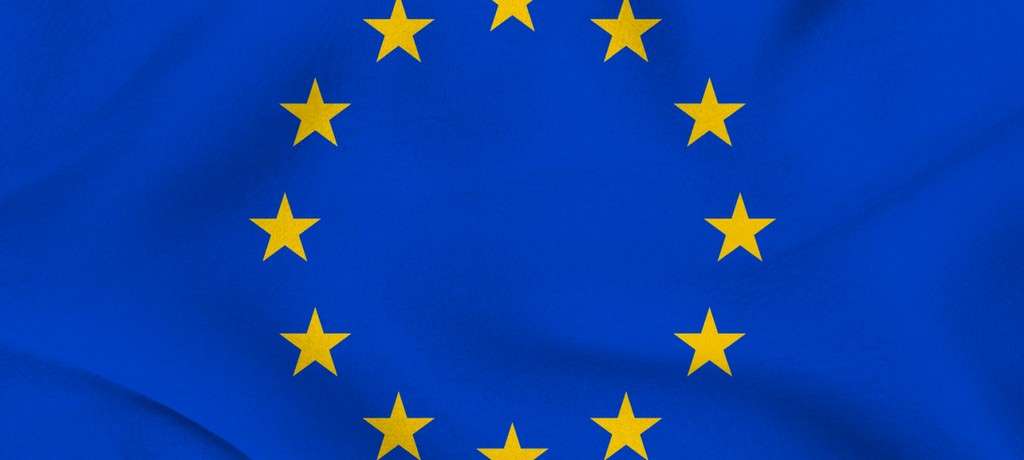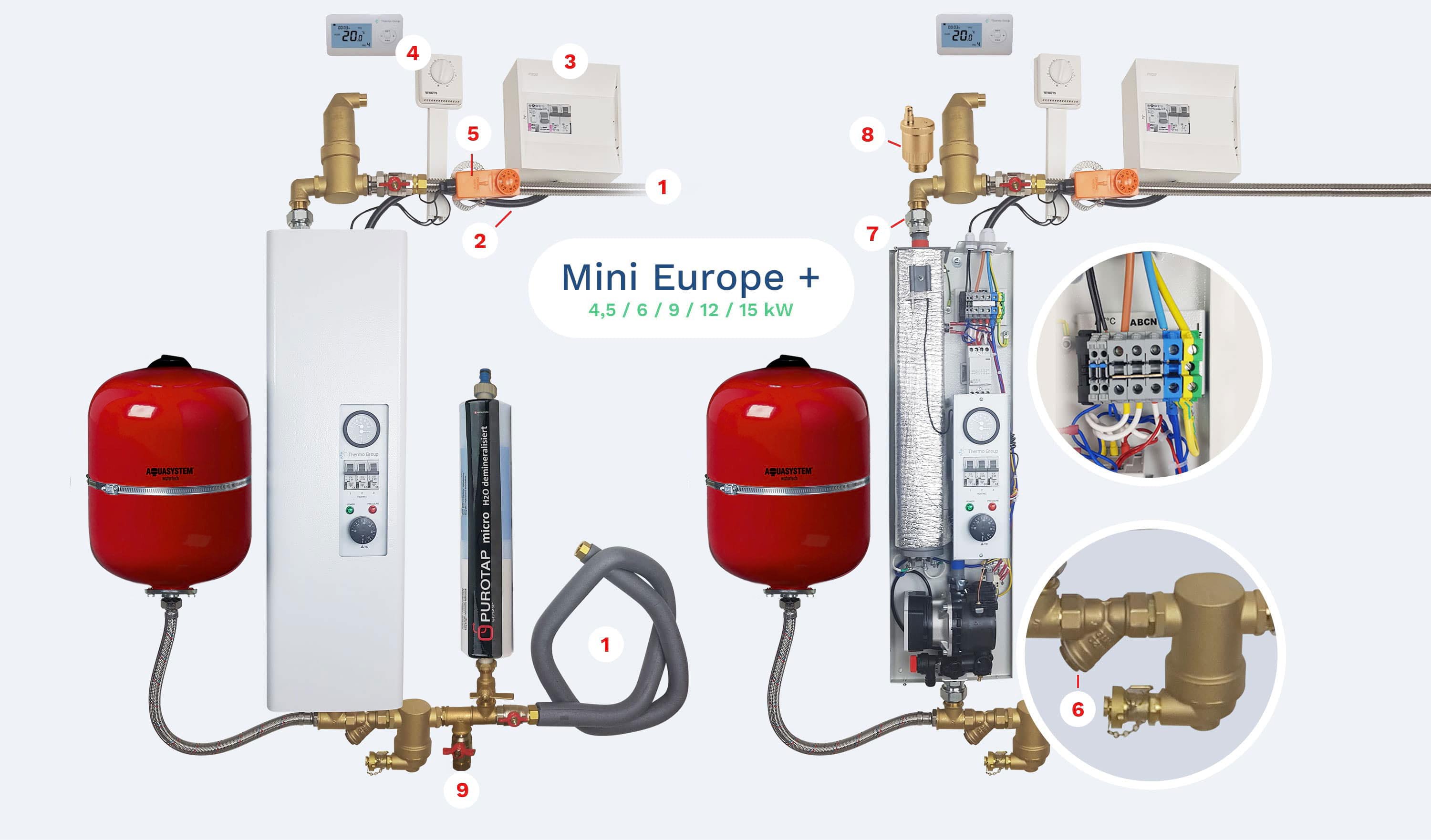
The “Energy related products” Directive (ErP) was initiated in 2015. It is European and aims to replace domestic products which are too energy intensive and potentially harmful for the environment. The goal is to reduce greenhouse gas emissions. It was strengthened in 2018. It is also found under the names “Ecodesign”.
It also concerns energy labeling. You can read the indicator numbers of energy consumption and therefore of their performance. Finally, the sound level is also measured.
Which equipment are concerned by this European directive?
Domestic products (electric heaters, ovens, washing machine, water heaters, boilers, air conditioners …) are concerned. Combined systems are also involved by this new standard, for example a heating product, a temperature controller and the solar device.
It is the individuals but also the professionals who are concerned in all of their premises. The requirement is double : to reduce energy consumption in households and businesses and to limit the impact on the environment.
But these guidelines have other advantages: to increase the security of the energy supply, to promote the quality of the devices by putting manufacturers in competition with each other and to promote the market for new technologies at a lower cost.
The objectives set by the European Commission are made of a 20/20/20 ratio, ie :
- reduce greenhouse gases by 20%,
- achieve 20% renewable energy,
- make 20% energy saving.
ErP 2018 directive about heating
What types of heating systems are mentioned in the ErP 2018 directive?
- Heat pump,
- Boilers (in particular micro-cogeneration),
- Independent or integrated circulators.
The heating devices are part of the lot n°1. The lots divide the product types since 2015.
It should be noted that since 2018, B1 type low temperature boilers are no longer authorized due to their emission of nitrogen oxide too high (above 56 mg/Kwh). It is now (since September 2018) condensing boilers that are preferred. This is justified by their performance between 89% and 94%.
Labeling is organized to inform about the quality of the heaters. It goes from A +++ (very efficient so energy saver, green color) to G, (very energy-intensive and therefore polluting, red color). This ranking is mandatory for household appliances that use energy. It works with color codes and simple pictograms to understand.
It must be verified that the CE (European Standard) standard is correctly displayed on the label.
Older devices are now excluded from the market. Manufacturers have no choice but to align with the Directive.
Anyone who wants to get equipped must make sure with his installer that it offers a standard compliant product. Prices will be more expensive to buy but saving energy will make the bill more profitable.
The law will still evolve in 2019. Products that do not comply with the directive will be out of the consumption market. As a result, citizens are encouraged to switch from old household appliances to new environmentally friendly and efficient systems..
Namely, wood stoves are not concerned by the directive at the moment. The revision will be done in 2022 because they do not reach 86% of performance. Nevertheless, wood stoves are labeled now. It’s the same for electric convectors.
Other equipment affected by the new ErP Directive
Labels attached to household equipment can be downloaded from the internet. This facilitates the information access for the users.
The production equipment for sanitary hot water or water heater (electric storage, instant, or thermodynamic solar) are the lot # 2.
Lots 6, 10, 11, 21 include ventilation systems. They were subject to standards before 2015. Concretely since 2018, it is the lot n ° 6 which will have to answer to new performances. Batches Nos. 10 and 21 (air conditioners lower or higher than 12 Kw see this requirement postponed to January 1st 2021.

